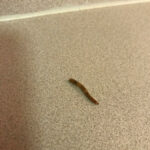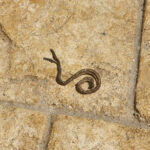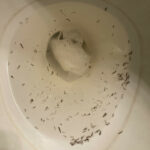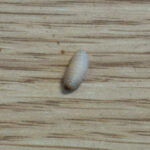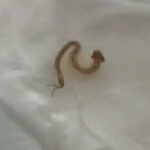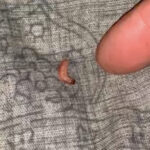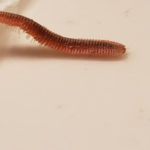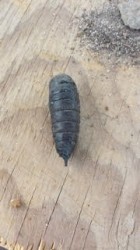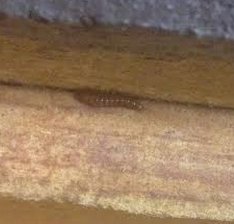Whether freeze dried or live, meal worms (mealworms) are readily available through a wide variety of online retailers as well as your local pet store. Pet stores such as PETCO typically sell freeze-dried mealworms. Freeze-dried mealworms are made from live mealworms. The mealworms are frozen and then freeze-dried to maintain their nutritional value. Freeze-dried mealworms are also easy to store and they are naturally easier to handle as feed. Freeze-dried mealworms do not require refrigeration and they are recommended for use as a food source for reptiles, birds, hedgehogs, and tropical fish.
Freeze-dried mealworms have a number of advantages and disadvantages over live mealworms. According to PETCO, live mealworms are very difficult to maintain in captivity and they can be expensive. However, pets seem to prefer live mealworms to freeze-dried mealworms. Both types of worms are packed with protein, fat, and fiber, so it really comes down to what your pets will eat and what you can afford!
If you decide that live mealworms is the only way to go, you can purchase them at bait shops, pet stores, or online. You can also raise mealworms on your own. The following is a list of mealworm suppliers:
- Flukers, 800-735-8537
- Ghann’s Cricket Farm, Inc., 800-GROBAIT – 800-476-2248
- GRUBCO phone or fax, 800-222-3563 (Ohio)
- Natures Way, 800-318-2611
- Rainbow Mealworms, 800-777-9676
- Songbird Gardens, 417-538-2990 8-5 CST
- Southeastern Insectaries, P.O. Box 1546, Perry, GA 31069, 877-967-6777
- Southern Cricket MI, 800-545-6418
- Sunshine Mealworms, 800-322-1100
- Timbuktu Outdoors (moist, freeze-dried), 888-732-2436
- Worm Man’s Worm Farm, 732-656-0369
To raise your own mealworms, Sialis.org offers the following tips:
Place large mealworms in a shallow plastic sweater container. Cut a hole in the top for ventilation and use a hot glue gun to adhere window screen to it to keep critters out.
Add 2-3″ of bedding/food: wheat bran, or a 3:1 ratio of wheat bran to dried skim milk, or 4 layers: 1/4″ layers of chicken mash (non-medicated) separated by layers of burlap or newspaper, or 10 parts oat or wheat kernels, 10 parts whole wheat flour, 1 part wheat germ or powdered milk; and 1 part brewers yeast.
For moisture, add a small wedge of cabbage or half a potato. Put it on top of a paper towel or piece of newspaper to keep bedding dry. Replace vegetable at least weekly or if moldy.
Ideally, keep at around 80°F (room temperature is fine too) and around 70% relative humidity. Use a moistened sponge in a baggie/container (open side up above grain) for additional moisture.
Periodically, (e.g., every 1 to 2 weeks) sift out beetles from bedding with eggs/tiny worms. Once worms are big enough, sift frass (waste) and bedding out once a month, dispose of in garden, wash and dry container, return worms and add new food.
To learn more about mealworms, read our article How to Control and Prevent Mealworms
.
All About Worms is always free, always reader-supported. Your tips via CashApp, Venmo, or Paypal are appreciated! Receipts will come from ISIPP Publishing.



